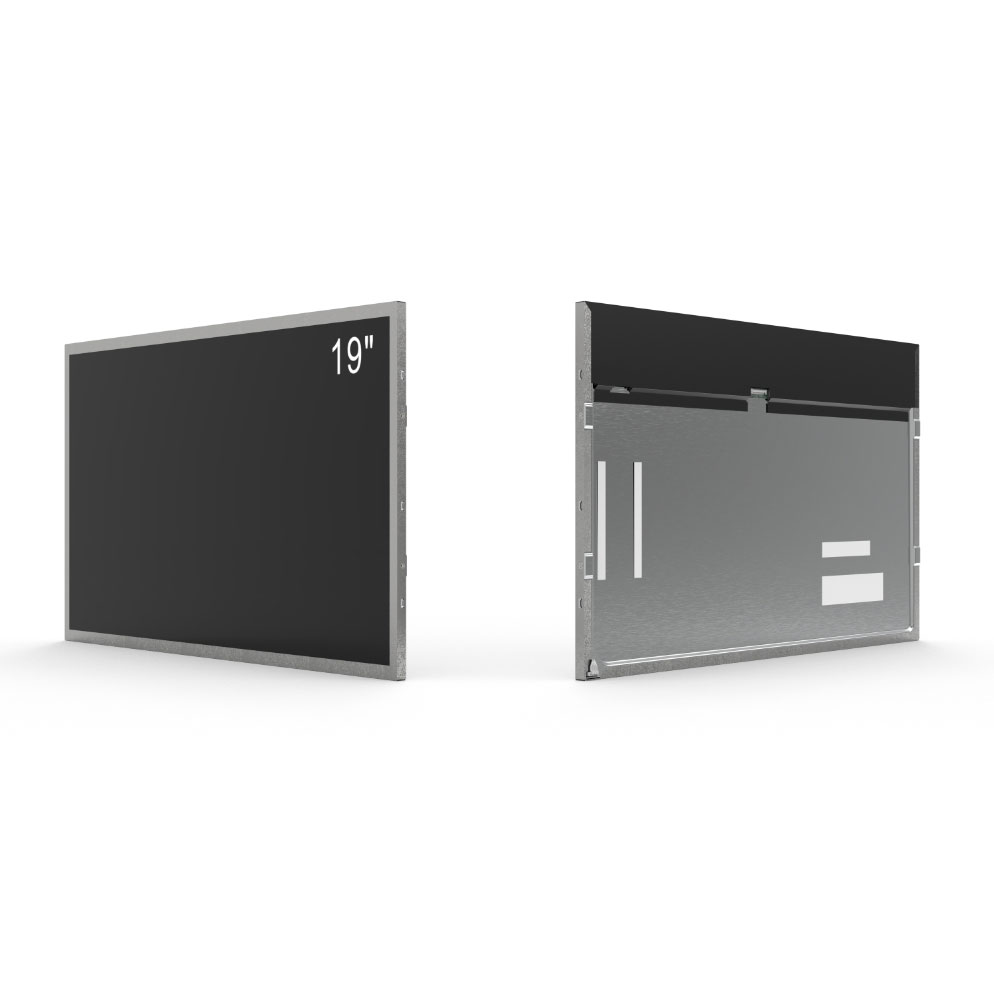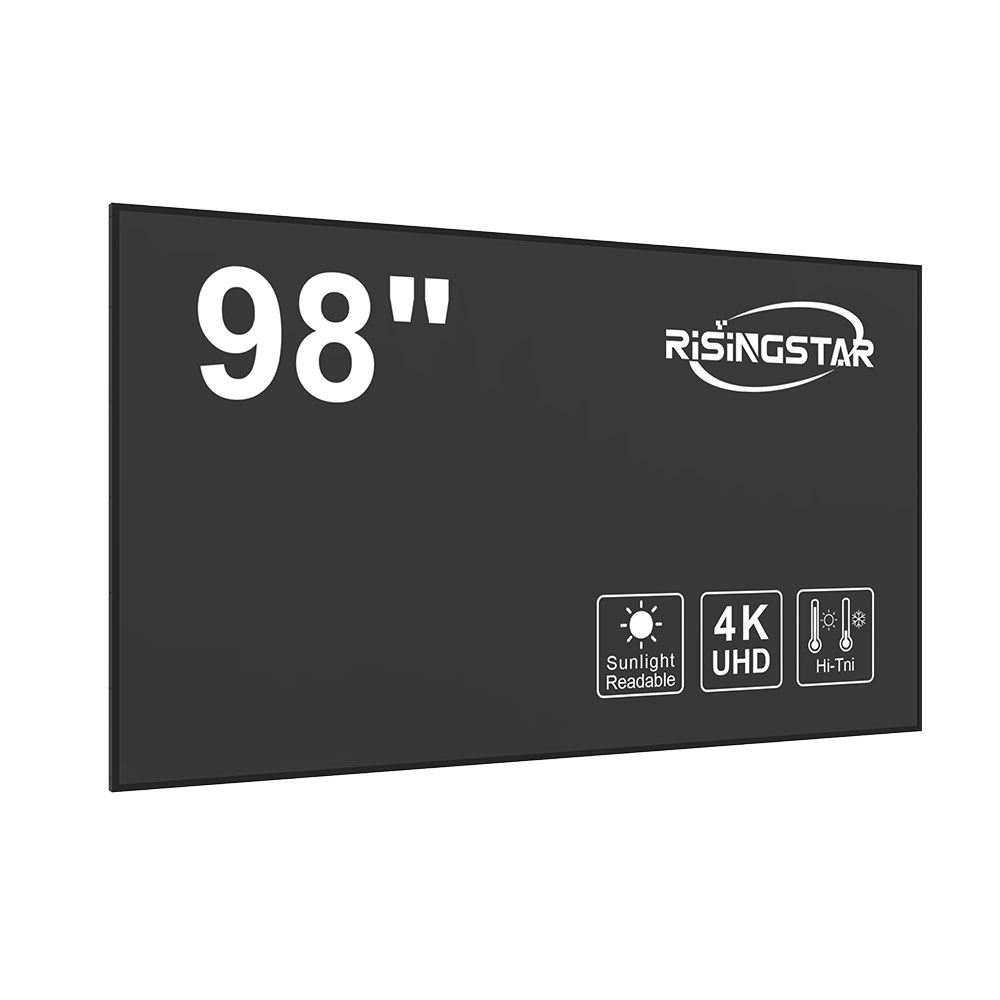- Home
- About Us
- Products
- News
- Video
- Contact
- Send Inquiry
Search
- Home
- About Us
- Products
- News
- Video
- Contact
- Send Inquiry

Outdoor LCD screens are essential in modern digital signage, public information systems, and smart city infrastructure. Their ability to operate reliably in harsh environments—such as extreme temperatures, humidity, UV exposure, and physical vibrations—depends on proper design, materials, and ongoing maintenance. As an outdoor LCD screen engineer with over a decade of field experience, I’ve seen how neglecting routine checks or choosing subpar components leads to premature failures, especially in high-traffic urban or industrial settings.
First, durability begins at the hardware level. Outdoor LCDs must meet IP65 or higher ratings for dust and water resistance, per IEC 60529 standards. The backlight system should be designed with high-brightness LED modules (typically 5,000–10,000 nits) to ensure visibility under direct sunlight. Using AG (anti-glare) glass with UV-resistant coatings prevents screen degradation from prolonged sun exposure—a common issue in desert climates like Dubai or Phoenix.
Second, thermal management is critical. Most outdoor LCD failures occur due to overheating in summer or freezing in winter. Engineers must integrate passive cooling solutions such as heat sinks and convection vents, or active ones like fans with dust filters. Case studies from cities like Seoul and London show that units with dual-layer thermal control systems last 40% longer than those without.
Third, maintenance protocols matter. Monthly inspections should include checking power supplies, cable connections, and environmental sensors. Cleaning the screen surface with non-abrasive, alcohol-free solutions prevents coating damage. Firmware updates are often overlooked but vital—for example, updating the display driver firmware can resolve flicker issues caused by outdated signal processing algorithms.

Finally, real-world performance data matters. A 2023 study by the University of California, Berkeley, found that outdoor LCDs maintained under a structured schedule (quarterly checks + biannual deep cleaning) had 70% fewer downtime incidents compared to unmanaged units. This underscores that durability isn’t just about initial specs—it’s about continuous care.
In summary, maximizing outdoor LCD longevity requires adherence to industry standards, proactive engineering choices, and disciplined maintenance. Whether deploying in retail kiosks, transportation hubs, or public safety installations, these best practices ensure cost-effective, reliable operation over 5–10 years.
